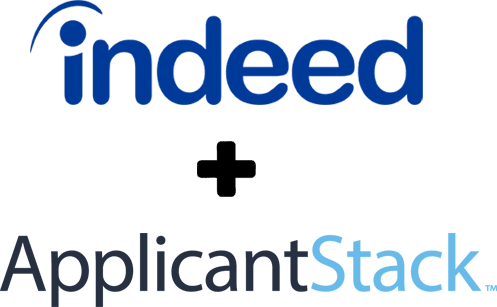It’s no secret that employee onboarding is key to successful recruiting efforts and strong employee retention rates. But one question that often comes up among those responsible for building and maintaining the process of bringing on new hires is, how long should onboarding last? We answer that question, as well as cover the benefits of more intensive onboarding, below.
Average Onboarding Time
According to research published by CareerBuilder, more than half of HR professionals reported an onboarding process that lasts less than a week. A quarter responded that the process lasts for a day or less, while only 28 percent spent over a month with new hires. Some industries may vary, as enterprise and tech companies onboard new hires for an average of three months.
It’s vital to understand that onboarding is more than just a day-one thing. No new hire is going to feel comfortable in their role after a single day of information. In fact, the opposite may be true – trying to cram all the information about a company and professional role into an eight-hour shift could leave someone feeling overwhelmed and confused.
Bringing someone new on board should be a longer process that involves various people throughout the organization. Explore the reasoning behind extended onboarding, along with the benefits of investing in this type of program.
Investing in a More Comprehensive Onboarding Process
Ultimately, the right length of time spent onboarding a new hire depends on your company, industry, and the individual role. But experts recommend creating a more comprehensive process that allows someone to ease into their job, rather than feeling like they’re drinking from a fire hose. Extending the onboarding experience allows those involved to transition the overall process into a chance for continuous learning and development.
Benefits of Better Onboarding
By taking time to adjust your company’s onboarding practices and extending the process, you can create a more positive experience for every new hire. The benefits of these efforts are extensive.
Improves knowledge retention
Can you think back to your first day at your current job? You probably experienced a feeling of being overwhelmed, along with some confusion – especially when learning more about your expected duties and responsibilities, company policies and procedures, and even the lay of the land (if you work in-office).
Starting a new job tends to be an experience of knowledge overload. But according to research performed by Goins & Fisher, a new hire retains approximately 10 percent of what they learn during the onboarding process, 30 days into their role. By contrast, nearly three-quarters of new employees have knowledge gained by performing essential duties of their jobs. Hands-on training is a much better teacher than a person talking at you for hours on end. Consider how your onboarding process can introduce ideas, then put them into practice ASAP.
Establishes a supportive, learning-based culture
A longer onboarding period can also play a role in your organizational culture, establishing the importance of continuous learning. When employees can learn more things over time, they tend to have stronger skills and improved retention of their knowledge. As a result, your organization can drive growth and innovation by providing opportunities to learn and develop.
Drives business success
The bottom line is that you want your business to succeed, and employees play a significant role in making that happen. Return on investment is generally one of the most important metrics to consider, including when recruiting and bringing on new hires.
Employees who feel comfortable in their roles and understand what is expected of them tend to get up and running faster, which translates to improved productivity and engagement. These characteristics can influence overall business success, making it worthwhile to invest in supportive onboarding processes.
So how long should onboarding take? We recommend spreading it out over at least three months for lower-level roles and up to a year for higher-level positions. Provide opportunities to meet with others in the company to get a sense of how an employee fits into the strategy and future goals. By taking these steps and extending the process, you can reap the benefits of employees who feel positive about their futures and ready to step up in their roles.
- 3 Tips to Improve Communication with Applicants - April 26, 2024
- Understanding Contract-To-Hire and How It Works - April 23, 2024
- Should Your Job Listings Include Salary Information? - April 19, 2024











